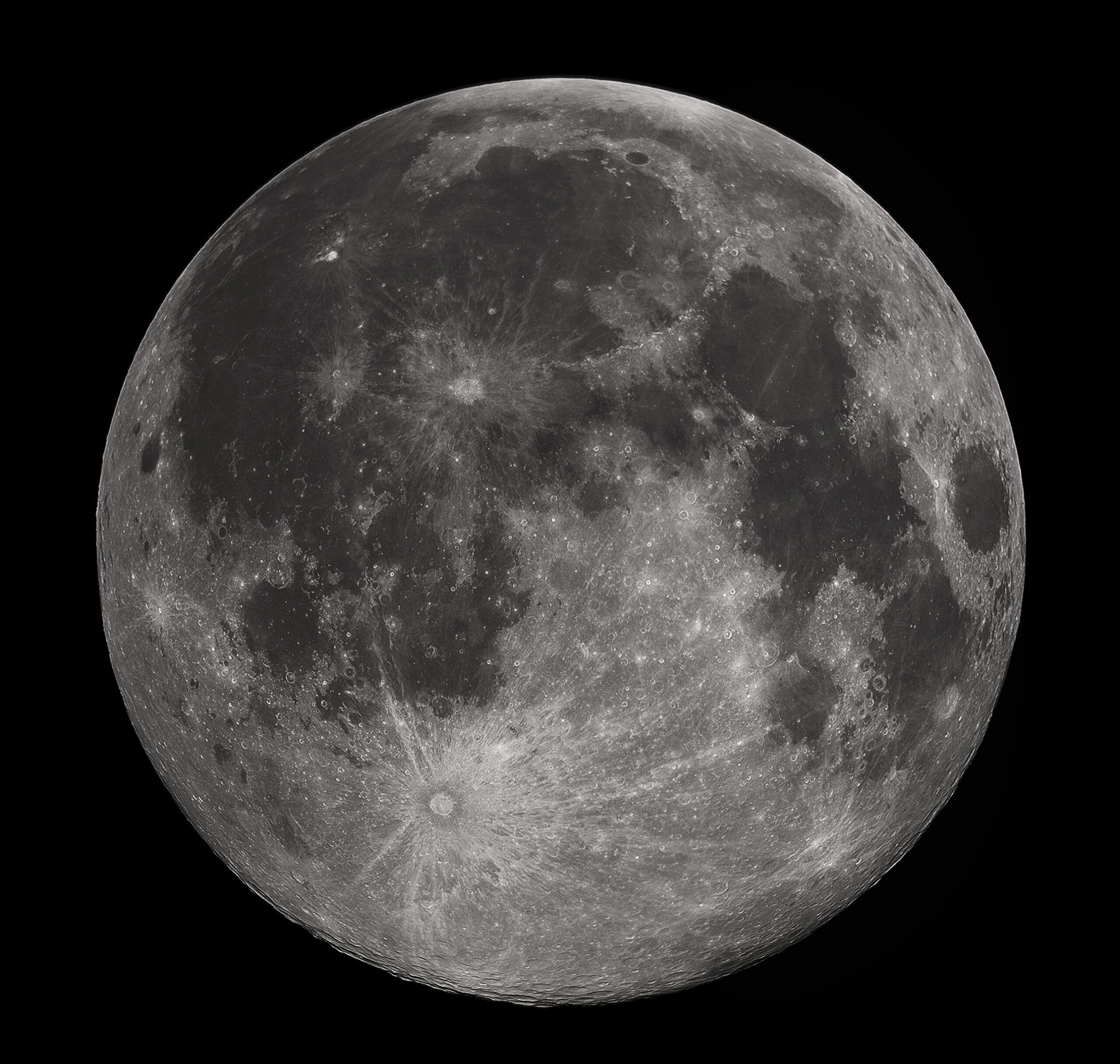What are the symptoms of selenophobia?
Selenophobia is an intense fear of the moon. The symptoms of selenophobia can vary in severity and may include:
- Intense Anxiety: Extreme fear or anxiety when thinking about or seeing the moon. This can lead to panic attacks or overwhelming distress.
- Physical Symptoms: Physical reactions such as excessive sweating, trembling, rapid heartbeat, dizziness, or shortness of breath when exposed to the moon or moon-related imagery.
- Avoidance Behavior: Avoiding situations or places where the moon might be visible, such as avoiding outdoor activities at night or not looking at images of the moon.
- Distress in the Presence of the Moon: Emotional distress or discomfort during nights when the moon is visible, or even during times when the moon is discussed or mentioned.
- Sleep Disruptions: Difficulty sleeping or nightmares related to the moon, which can exacerbate the fear and anxiety.
- Impaired Daily Functioning: Difficulty concentrating or functioning normally in daily activities due to the fear of the moon.
Selenophobia, like other specific phobias, can significantly impact an individual’s quality of life and daily functioning. Treatment typically involves therapies such as cognitive-behavioral therapy (CBT), exposure therapy, or other anxiety management techniques to help individuals manage and reduce their fear.
What are the causes of selenophobia?
The causes of selenophobia, or the fear of the moon, can be complex and may involve a combination of psychological, environmental, and personal factors. Some potential causes include:
- Traumatic Experiences: A past traumatic experience related to the moon, such as a frightening event or negative association, can contribute to the development of selenophobia.
- Cultural Influences: Cultural beliefs, myths, or stories that portray the moon in a negative or frightening light can influence the development of a fear of the moon.
- Anxiety Disorders: Selenophobia may be associated with underlying anxiety disorders. Individuals with generalized anxiety disorder or other specific phobias may develop a fear of the moon as part of their broader anxiety issues.
- Unresolved Fears or Phobias: Sometimes, a fear of the moon can develop as an extension of other unresolved fears or phobias. For example, individuals with a fear of darkness (nyctophobia) might also develop a fear of the moon.
- Exposure to Fear-Inducing Media: Exposure to frightening or disturbing media content, such as movies or books that depict the moon in a menacing way, can contribute to the development of selenophobia.
- Psychological Factors: Individual differences in temperament, such as a tendency toward heightened sensitivity or a predisposition to anxiety, can make some people more susceptible to developing specific phobias.
- Genetic and Environmental Factors: There may be a genetic predisposition to anxiety disorders and phobias, which, combined with environmental factors, could contribute to the development of selenophobia.
The development of selenophobia is typically multifactorial, involving an interplay of personal experiences, psychological predispositions, and environmental influences. Understanding the specific causes for an individual can help tailor effective treatment and management strategies.
What is the treatment for selenophobia?
Selenophobia, or the fear of the moon, can be treated using several approaches similar to other specific phobias. Here are some common treatment strategies:
- Cognitive Behavioral Therapy (CBT): CBT helps individuals identify and challenge irrational thoughts related to their fear and develop healthier thinking patterns. It often includes exposure therapy, where the person gradually confronts their fear in a controlled manner.
- Exposure Therapy: This involves gradual, systematic exposure to the moon or moon-related stimuli to help desensitize the person to their fear. The exposure is typically done in a safe and controlled environment.
- Relaxation Techniques: Techniques such as deep breathing, progressive muscle relaxation, and mindfulness can help manage anxiety symptoms associated with the phobia.
- Medication: In some cases, medication may be prescribed to manage anxiety symptoms, but it is usually considered a last resort and is used in conjunction with therapy.
- Support Groups: Joining a support group for individuals with similar phobias can provide encouragement and share coping strategies.
It’s important to consult with a mental health professional to determine the most appropriate treatment plan based on individual needs.

Leave a Reply
You must be logged in to post a comment.